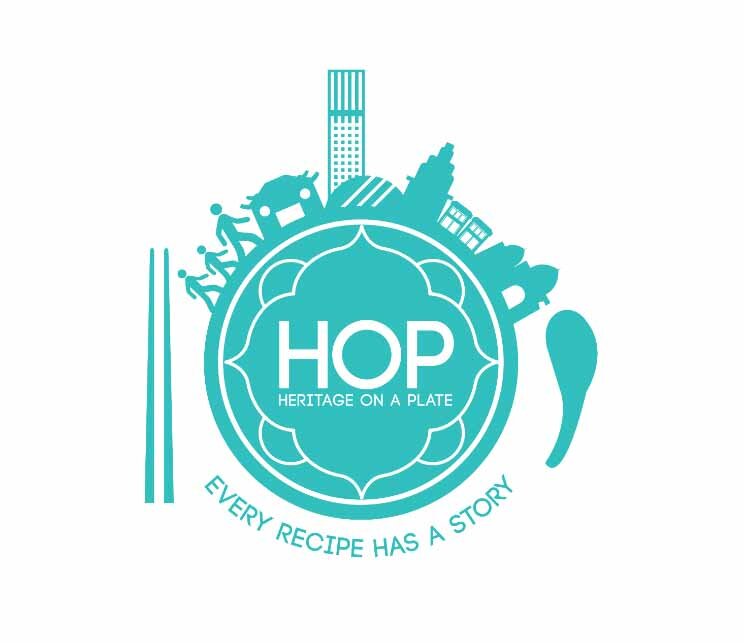Ramadan Wrap Battle Part 2
Well, hello there! Welcome the Part 2 of our Ramadan Wrap Battle. Our contenders this week are some classic heavy-hitters in the Malay diaspora. But we also have a special guest coming to us all the way from the Malabar Coast! Without further ado, please welcome all the banana leaf wrapped goodness!
Pulut Udang
The pulut udang is by far one of the most popular snacks among our many wrap contenders, and you'll find it being sold in Malay stalls and restaurants throughout the year. Mostly, we like to have the pulut udang for either breakfast or tea time. It's made using sticky glutinous rice and a filling of minced shrimp, chili and coconut with a little bit of sweetness from palm sugar (although many vendors forego this last ingredient.)
Unlike in Part One of our Ramadan Wrap Battle, the Pulut Udang is not steamed but grilled over a charcoal fire or electric stove, giving it a very edgy charred flavour over the competition.
Otak Otak
Wait! Yes, I know it looks like something got smooshed onto some tall grass. That's kind of the point of this version of Otak Otak. If you're not familiar, Otak Otak can be called a local "delicacy" ( I have opinions about this word but we'll talk about that some other time.)
It's made by mashing together fish, shrimp paste, different kinds of local herbs and aromatics, chili, turmeric, spice and sugar. In some versions, usually the Nyonya version, we also add daun kaduk or wild pepper leaves. I've heard whispers of the old-timey days when the Nyonya folk would make theirs with tobacco leaves, but I've never been able to verify it.
The Malay Diaspora version of Otak Otak is usually grilled, while the Nyonya version is steamed. I have a love for both, as they are delicious. The main difference is texture (grilling vs steaming), and the Nyonya version tends to be a bit more assertive with its bitter-herb notes, while the Malay version usually presents it's sweet-spiciness most prominently.
Ella Adai
This is actually my first time ever eating Ella Adai. I don't recall having seen or heard of it anywhere else before. It originates from the Malabar Coast (modern day Karnataka, Kerala and Tamil Nadu.) The name is probably modern as it uses a recent script, and roughly translated means "Leaf-Wrapped Savory." This was my grandfather's favourite snack and apparently he was very good at making it.
The crust is made from steamed rice flour and the filling is chickpea and brown sugar. You can also add in cinnamon powder, cloves or anise when melting the sugar. My aunts remembered the recipe and recently made some to remember my granddad.
If you've heard/seen/eaten something like the Ella Adai here, let me know! I'm very interested to research this particular grandaddy of wraps and figure out its story. I'm sure it's going to be an interesting tale.




